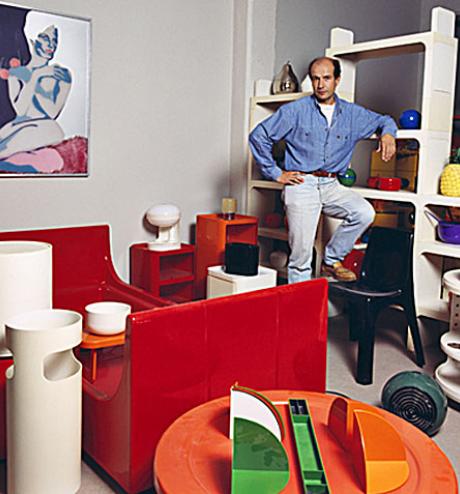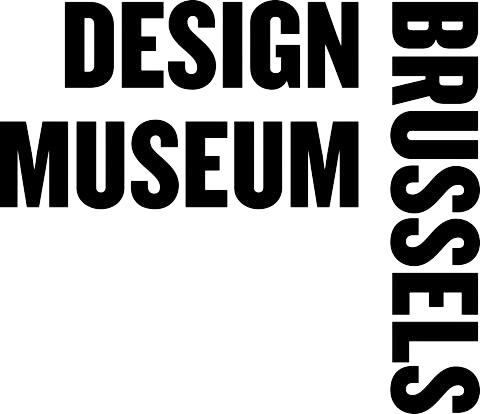The Plastic Design Collection
Permanent exhibiton
Welcome to the Plastic Design Collection, a unique collection that showcases the relationship between design and plastics, from the Golden sixties and their economic boom until today and our new outlook on mass production, consumerism and sustainability. Take your time to stroll through our exceptional collection, you will find objects that raise questions, surprise you and amuse you.
30 YEARS OF HISTORY
Everything begins in 1987, when Philippe Decelle finds a plastic Universal chair, by Italian designer Joe Colombo (1930-1971), in the garbage of one of the municipalities in the south of Brussels. He considers that our society is short of memory and burns today what it admired yesterday. Over the years, Philippe Decelle has continued to collect several hundred plastic pieces (from everyday objects to works of art) from the Golden Sixties to the present. In 2014, the ensemble was finally purchased by the Design Museum Brussels to form its permanent collection.

FROM PRIVATE COLLECTION TO MUSEUM
Plastics were a game changer in the years following World War II. We now had a material that led to a new way of producing – faster and cheaper -, and which also symbolized progress and modernity. Aesthetics, innovation and quality in design did not have to be the privilege of the few, but became accessible to the many. Moreover, plastics can be of any shape, of any color, of any size.
The 2000 pieces in our collection, of which 500 objects are displayed in the halls of the permanent exhibition of the Design Museum Brussels, map through time and through the various trends of design, how designers have made use of this incredible versatility. We will show how their work has been impacted by politics, cultural behavior, technological innovation and economic upheavals. Find your own most important, most curious, most famous, most audacious pieces, because everything we display has been selected with passion and commitment to tell the story of this peculiar material that has been affecting and shaping all our lives for decades.
THE RESERVES
Designed by the architects as an extension of the permanent exhibition, the area housing the museum’s reserve collection can be seen by the visitors. However, the visibility of these spaces behind the scenes does not obstruct their main function as a place of conservation and research, principles on which every museum is founded. With this objective in mind, the items are arranged according to type of materials (PVC, ABS, PC, etc.). The lighting is deliberately subdued, except in cases of specific activity, in order to limit any deterioration associated with exposure to light. The temperature and humidity level are likewise controlled, as plastic, like other materials, is affected by climatic variations.


